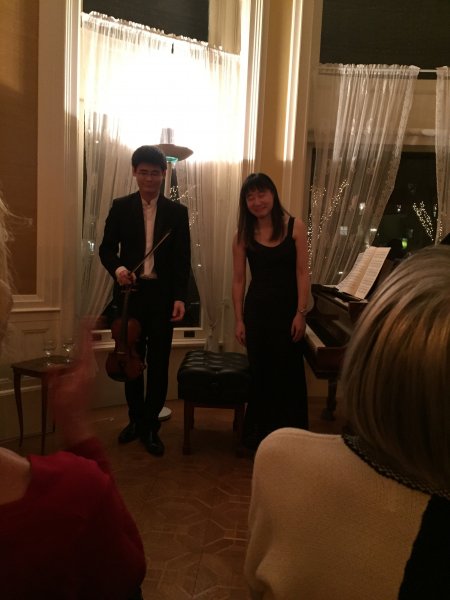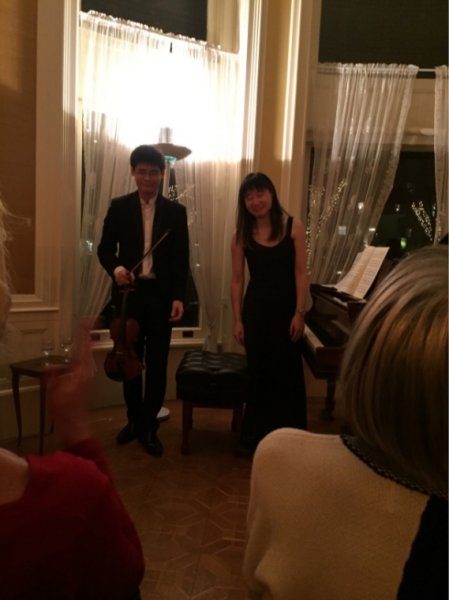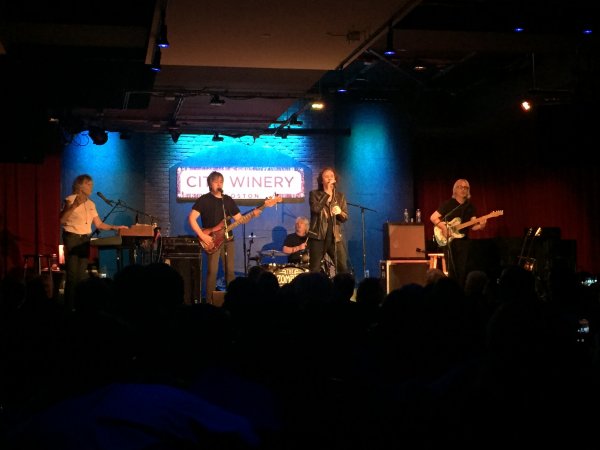Hi Ron,
A different perspective for you: Recorded music played on a high end stereo system is different that live music…attending a live concert and listening to a reference system are completely different experiences...so live unamplified music just serves as a conceptual model of how stereo works.
This simplification is no different than saying that when you plug in your toaster into an electrical outlet, electrons just flow into it like water…
And if one compares his stereo to live music, he will fall short of that ideal, as every gear presents its sonic signature slightly differently, but not like live music ...
I wrote this before, but ancient Greek philosophy is timeless:
....I don't want to get in trouble with the mods discussing religion and philosophy, but this approach of using live music as a reference is Platonic. And for those of us who are not Platonists, it’s not rooted in the way things really work.
I remember talking with the very nice lady who runs and voices VTL a number of years ago. She told me she goes to classical concerts and then comes home and compares what she has just heard with recordings of the same performance on her reference system. Ditto for David Wilson who travels to Vienna to do the same. So both VTL and Wilson claim to actually design their gear based on their perception of real music.
But comes along a guy like "Sterile" Jon Valin, plops in the chair that Ms. VTL and David Wilson just sat in and listens to the same recordings on the same system that VTL and Wilson have put together based on their reference for live music. Instead of calling it “real”, he calls that VTL- Wilson system too dark, rich, and colored - "as you like it", using his term. Since “Sterile” Jon is the self-proclaimed authority, he instead prefers soulution and magico q5, which emphasizes upper midrange and treble. To him, it is the most real there is, yet other guys working in his magazine do not agree... Wilson guys will go ahead and call Valin an f*ing moron, since they are right, based on their perception and preference, and all the hard work they have done.... good thing these guys don't carry guns! ...
Look, everyone who is serious in this hobby listens or has listened to live music. Even the guys who design by measurements validate by listening…
All gear presents slightly different elements of realism, and fans can pick and choose which elements of realism they prefer. Once you choose a brand or sound that you like, spend roughly double the money on a piece of gear you have or like, and you get more of those elements that trigger your imagination of realism of live music. Or choose different gear, and it will highlight different aspects of live music...
So to those of us who are not Platonists, using “live music as a reference" is all about imagining. No different than kids playing and imagining superheroes using plastic dolls. But hey, it's hobby and if people find it fun, than that’s great. For me, I accept the limitation of playing recordings on my stereo and enjoy high end audio as it’s own experience.
....
Now since then, we have had the famous fight between Great Peter Breuninger and Sterile Jon Valin about which turntable they imagine as real in their mind is best. I think Sterile Jon got really lucky that Great Peter didn't connect with a big hook to the liver, followed by an uppercut to the point of the chin...It would be sayonara to TAS as we know it .... And thank God those guys didn't carry guns!
Maybe this year we can see Sterile Jon and Snooty Peter McGrath fight about whether Magico or Wilson sounds "more real" with live unamplified music . The winner of the fight will definitely determine which speaker is better
I read your first three paragraphs, and then I stopped reading and lost interest when you devolved into the ad hominem attacks in the rest of your post.










